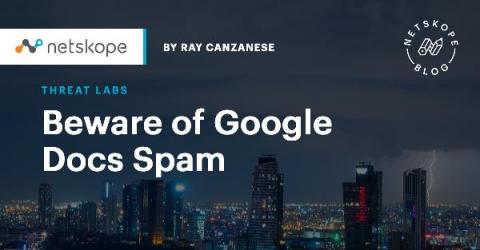New survey shows integrating application security testing gaining traction in DevOps
DevOps can break traditional application security testing processes & tools. Learn why an integrated DevSecOps approach is critical to building better code. Working in cyber security can be discouraging. Every day brings another unprotected database, another ransomware victim, a new type of fraud, or another serious vulnerability. The perfect antidote is working toward building better software, and to that end I want to tell you about a little thing called DevSecOps.










